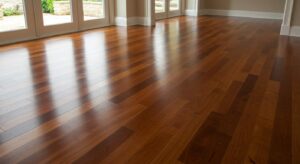Sometimes, when you walk barefoot on your hardwood floors, you may notice a slightly cupped plank. In winter, you might see gaps between the planks, only for them to tighten up again in the summer. This might make you wonder, “Was that always there?”
You might feel like you’re just seeing things, but let’s get the question out of the way first. So, do hardwood floors expand and contract with the seasons? Yes! They do. But don’t take that as a sign of poor installation. It’s Actually just science!
If you’re still concerned, whether you’re wondering if you made the right choice for hardwood flooring in Brooklyn, a contractor explaining this to clients, or a renter curious about what’s going on, this guide will break it down for you.
Let’s dive in.
Why Does Hardwood Expand and Contract?
You may have noticed how doors in old homes get stuck in the summer but also swing open during warmer months. This type of movement is typical, but it’s important to know what to expect.
Wood is a natural material; even after being cut, shaped, and finished, it still reacts to its environment. Scientifically, wood absorbs humidity from the air, causing the planks to expand.
When the air gets dry, like in winter, the moisture leaves, and the wood contracts. That’s precisely what happens to your hardwood floors in Brooklyn throughout the year. While this is a natural cycle, it can cause issues like gaps and cupping in homes.
How Seasonal Changes Affect Hardwood Floors
Let’s take a closer look at what to expect in different seasons.
Summer or High Humidity
You may have noticed your hardwood floors looking a bit uneven in the summer. This is known as cupping. As explained earlier, with higher humidity levels, wood soaks up moisture — much like a sponge — causing it to expand. But what happens if there’s no space for the planks to expand in? Naturally, the edges push upwards. You may notice this more commonly in homes that don’t have proper ventilation, or if moisture is seeping in from below. Which is why you may notice floors near doors expanding or contracting more than usual, as the outside environment has the most impact on it.
ALSO READ: How Does Humidity Affect Hardwood Floors?
Winter or Dry Air
On the other hand, you have winter. You turn up the heater and the air outside is dry. That same hardwood floor in Brooklyn that seemed too snug in the summer now has small gaps between the planks. How come? When moisture leaves wood, it shrinks. Sometimes, it also makes little popping or creaking sounds as it shifts. All of this is entirely normal and while not in Brooklyn, you may notice it in more colder regions more clearly because the indoor heating also pulls the moisture from the air, and eventually your hardwood floors.
Regional Climate Differences
Brooklyn’s weather swings between humid summers and dry winters, so your hardwood floors in Brooklyn are always moving. In the summer, the moisture in the air makes the wood swell, sometimes causing planks to press together or even cup. Then winter rolls in, the heat dries out the air, and suddenly, small gaps appear between the boards. Now, in a place like Arizona, where it’s dry year-round, winter shrinkage is the more significant issue, but summer swelling isn’t much of a problem. On the other hand, floors rarely shrink in Florida, where it’s humid, but can struggle with long-term expansion.
What to Do Before Installation (To Minimize Seasonal Movement)
Hardwood moves with the seasons, but a little prep can keep it in check. Here’s what to do before installing hardwood floors in Brooklyn.
- Acclimate the Wood: Before installation, wood needs time to adjust to your home’s temperature and humidity. Let planks sit in the room for 3 to 7 days before installing.
- Choose the Right Wood: Some wood species handle Brooklyn’s climate better than others. Oak and hickory are more stable; maple and cherry are more sensitive to humidity.
- Check the Subfloor: A damp or uneven subfloor can cause future problems. Use a moisture meter and add a moisture barrier if needed.
Prevention and Care for Hardwood Floors
Hardwood floors in Brooklyn react to seasonal changes, but a few simple habits can keep them in great shape year-round.
- Indoor humidity levels at 30-50% are ideal to prevent gaps and swelling.
- To maintain balance, use a humidifier in winter and an AC or dehumidifier in the summer.
- Avoid using excess water or steam and use a damp microfiber mop instead.
- To reduce dirt and build up, place mats at the entryways.
- A high quality sealant can help slow down moisture absorption.
- Keeping a steady temperature, ideally between 60-80°F, is good for hardwood flooring.
- Hire professionals who know to leave gaps during installation to allow movement.
Why Floorika Fine Hardwood is the Solution
You don’t pick hardwood floors in Brooklyn as a design choice, they’re a solid investment. But, of course, not all hardwood flooring is created equal. Whether installing new flooring or looking for a long-term upgrade, choosing the right wood makes all the difference. That’s where Floorika Fine Hardwood comes in. Designed with durability and stability, Floorika’s high-quality materials are engineered to handle seasonal shifts better than most. So, get in touch now, if you want hardwood floors in Brooklyn that stay stunning year-round without the seasonal stress.










